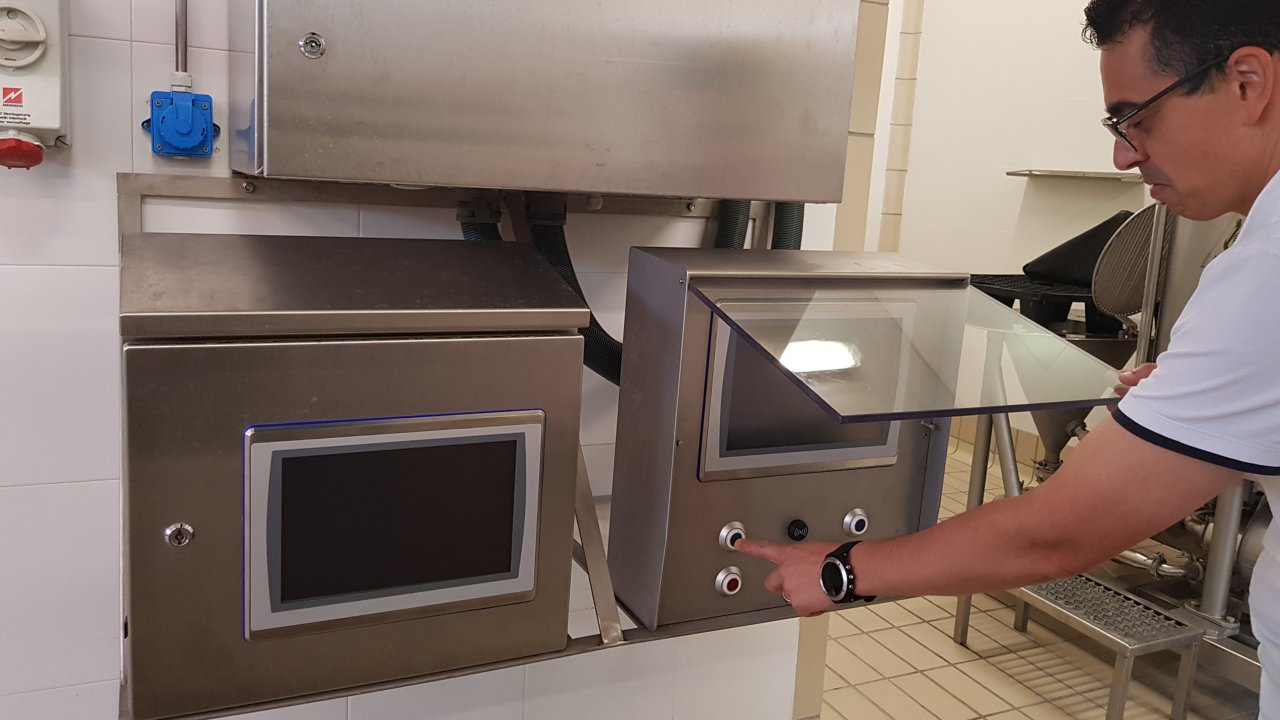From a cleanliness perspective, the food industry is one of the most heavily legislated sectors on the planet – with consumer well-being acting as the primary driver.
Different sectors have different technical demands related to the potential for contamination, with a cola-bottling factory experiencing different pressures to one that handles raw meat. But in both cases, ingress protection, void removal and wash down all play primary roles in the cleanliness of the plant.
Ingress protection and void removal are relatively straightforward to address in a mechanical sense, being countered by special flush casing designs and the removal of horizontal surfaces – both of which also foster more effective cleaning. But the use of high pressure, high temperature washes, as defined by the IP69K rating, can deliver a unique set of challenges to electrical installations, electro-mechanical components and HMIs, which simply do not mix well with water and steam.
In many cases, these components are tucked away in sealed cabinets or they are surrounded by bespoke constructions designed to isolate them from the electricity/water equation. The problem is – especially for HMIs which have to be accessible – these design ‘extras’ cost money, demand extra design time and capabilities and often enlarge, deform or ‘upset’ the envelope of the machine, which in this day and age of sleek lines and clean-looking concepts, is simply not acceptable.
It was the need for a ruggedised HMI solution to bypass this over engineering and to improve machine design that prompted Metalquimia to approach Rockwell Automation with the idea of developing an HMI concept that could stand up to the rigours of the food industry’s operational and cleaning demands.
Founded in 1971 and located in Girona, Spain, Metalquimia is considered by many of its global customers to be a leader in technology and the manufacture of complete turn-key lines for the production of meat products. So, with this market depth and size in mind, it certainly had the need and the pull from its customers, it just needed the technology.

